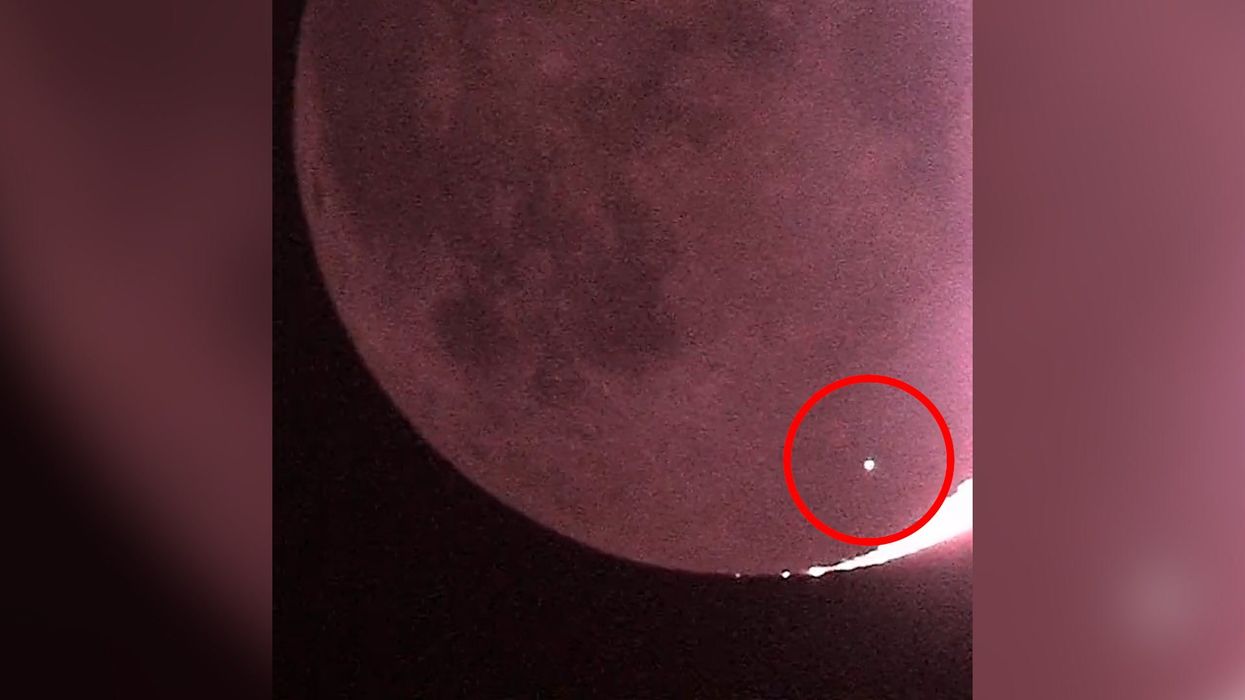Ellie Abraham
Mar 31, 2023
Moment meteor crashes into the moon
content.jwplatform.com
Scientists discover glass-like beads buried on the moon that could contain billions of tons of water.
The incredible discovery of over a million glass spherical beads was made by China after the analysed soil samples that were brought back to Earth by its Chang'e 5 mission.
A new study suggests that these tiny glass spheres could house a huge amount of water, and in future may be used as a source for moon bases.
Collected in lunar soil samples, the spheres were brought to the Earth in December 2020. It is thought the spheres could be in such abundant numbers that they may hold up to 330 billion tons (300 billion metric tons) of water.
The study was published in the journal Nature Geoscience and explains how the spheres, also known as impact glasses or microtektites, can store so much water.
Sign up to our new free Indy100 weekly newsletter
Impact glasses are formed when meteorites collide with the moon at high speed – up to hundreds of thousands of miles per hour. The force of the collision sends plumes of lunar crust flying off the surface of the moon, where their silicate minerals are heated to molten temperatures and form tiny glass beads.
Since the moon’s surface contains oxygen, this is also formed with the glass beads. When the molten glass beads are hit with ionized hydrogen atoms from solar wind, it is the oxygen inside them that reacts to form water.
Depending on the temperature, the beads have the ability to beads release their water out onto the moon’s surface and into its atmosphere. Scientists believe the beads are able to act as a type of reservoir that fills up over time.
It is hoped it could be a source of water, hydrogen and oxygen, that could in future be used by space agencies exploring the planet and planning bases on it.
One of the study’s co-authors, Sen Hu, a planetary geologist at the Chinese Academy of Sciences' Institute of Geology and Geophysics, told Live Science: “If we want to extract the water in impact glass beads for future lunar exploration, first we collect them, then boil them in an oven and cool the released water vapor. Finally, you will get some liquid water in a bottle.
“Another benefit is that impact glass beads are [common] in lunar soils, from equator to polar and from east to west, globally and evenly.”
Have your say in our news democracy. Click the upvote icon at the top of the page to help raise this article through the indy100 rankings.
Top 100
The Conversation (0)














